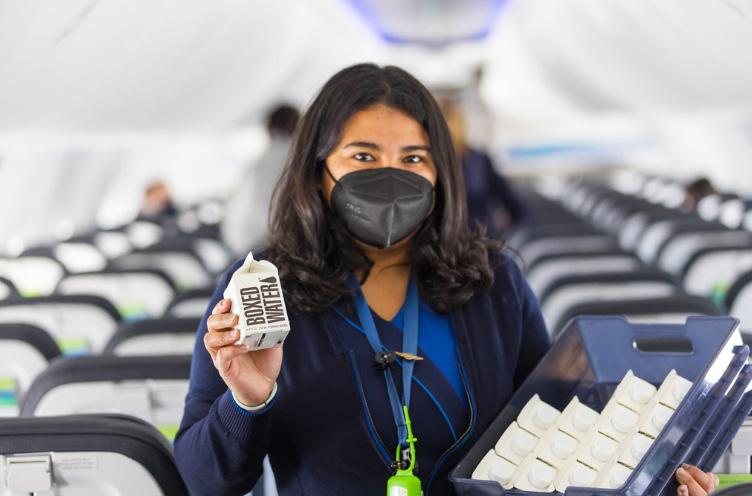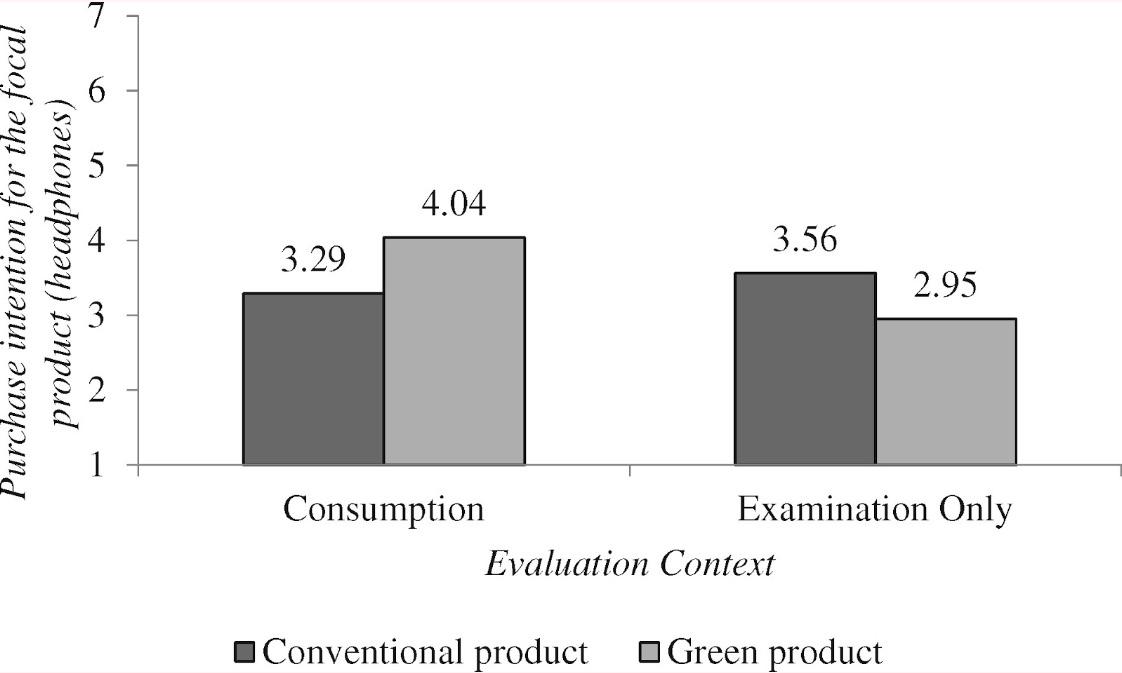
1 minute read
Sustainability on-board can increase passenger satisfaction and passenger loyalty
What’s the relevance to airlines? Sustainable on-board products and amenity kits is something airlines are increasingly looking at.
Delta for example has used wooden (so non plastic) headphones in the past, teaming up with headphone manufacturer LSTN
Though the partnership wasn’t positioned as a sustainability initiative (it was to support LSTN’s charitable work in Peru with the hearing impaired), the evidence is that premium cabin passengers would have enjoyed listening to Delta’s IFE system more had they been given the sustainability angle.
Similarly, Alaska Airlines is heavily promoting the fact that it is using boxed water on flights, highlighting it as an example of how the airline is ‘caring’ in the recent ‘Care Coalition’ advertising campaign.
It could be argued that using boxed water, while commendable, doesn’t do anything to address the key issue that airlines are criticised for by climate change campaigners - burning greenhouse gases.
But substituting single use plastics is something consumers can understand, and this is a very visible initiative that everyone on-board sees.
Being visibly sustainable on-board, for example through substituting plastic items with sustainable alternatives potentially increases passenger satisfaction.
It also increases the likelihood of repeat purchases, so long as they experience a sustainable product first hand.
Experiencing sustainability is key
Using the headphone experiment again, the authors allowed another group to examine, but not use the headphones.
Those who used the sustainable headphones were more likely to want to buy them, but not the group who only examined them but didn’t use them.
This is despite the fact that they were given information about how sustainable the headphones were.
Presenting dry, factual information didn’t do much in terms of stimulating purchases.
But allowing people to experience a sustainable product first hand did increase purchase intentions.

In conclusion, the authors noted -
“The current research shows that marketers can enhance consumption experiences by going green. For example, a movie theater offering recycled (vs. conventional) 3D glasses, a gym implementing eco-friendly (vs. conventional) gym tools, or a restaurant offering bamboo (vs. plastic) chopsticks can improve consumer experience.”
Or indeed, an airline with sustainable in-flight items.




